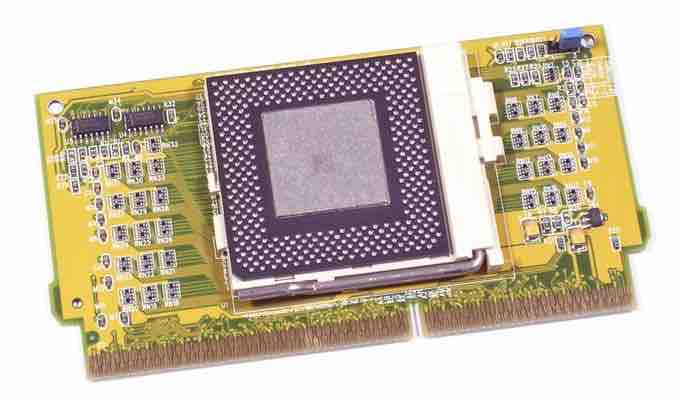Pricing During Difficult Economic Times
Every company has a unique pricing strategy during a boom period, based on their own product, market, and managerial decision making. However, during a recession, many companies may be tempted to abandon these strategies. After all, if customers are less willing to spend money, simplistic logic suggests that, by cutting prices, you can attract more customers. However, this strategy should be approached with caution.
Cutting prices can quieten customer complaints and help boost sales for a time, but can have longer-term effects on profitability, and weaken the brand's image. Reductions can also lead customers to expect discounts whenever the economy dips, causing them to wait to make purchases in the future.
A model of pricing based on 'rational' economic theory suggests that prices are set by the forces of supply and demand, and individual companies in a perfectly competitive market must follow the equilibrium price. However, real life is not so simple; people do not always act in the prescribed logic. Sometimes prices go up and people buy more, and vice versa.
A smart pricing strategy during a recession can become a competitive advantage. By knowing what value a company delivers to its customers, it can price more confidently and not panic into slashing prices when it does not necessarily need to. Price-cutting may even lead to price wars where nobody wins. If cuts must be made, companies should focus on cutting the prices of low-value items and retaining high-value products.

Price cuts during a recession
Slashing prices on low value goods (while maintaining prices on high value goods) is a potential pricing strategy during difficult economic times.
Similarly, price increases during a recession can also be a bad idea. Many firms try to recover higher costs through price increases, which can turn away customers. Customers locked into contracts may have no regress if a company raises prices on them, but it tarnishes the seller's reputation and will make the customer think twice when the time comes to renew.
Ultimately, the pricing strategy becomes even more important during a recession, and companies must consider all these factors when attempting to adjust. It is important to protect the brand, not alienate customers, and remember what value the company offers in order to get through the difficult economic period unscathed.
Fighter Brands
In marketing, a fighter brand (sometimes called a fighting brand) is a lower priced offering launched by a company to take on, and ideally take out, specific competitors that are attempting to under-price them. Unlike traditional brands that are designed with target consumers in mind, fighter brands are created specifically to combat a competitor that is threatening to take market share away from a company's main brand.
The strategy is most often used in difficult economic times. As customers trade down to lower priced offers because of economic constraints, many managers at mid-tier and premium brands are faced with a classic strategic conundrum: Should they tackle the threat head-on and reduce existing prices, knowing it will reduce profits and potentially commoditize the brand? Or should they maintain prices, hope for better times to return, and in the meantime lose customers who might never come back? With both alternatives often equally unpalatable, many companies choose the third option of launching a fighter brand.
When the strategy works, a fighter brand not only defeats a low-priced competitor, but also opens up a new market. The Celeron microprocessor, shown here , is a case study of successful fighter brand. Despite the success of its Pentium processors, Intel faced a major threat from less costly processors that were better placed to serve the emerging market for low-cost personal computers, such as the AMD K6. Intel wanted to protect the brand equity and price premium of its Pentium chips, but it also wanted to avoid AMD gaining a foothold on the lower end of the market. So it created Celeron as a cheaper, less powerful version of its Pentium chips to serve this market.

Fighter Brands
The Celeron microprocessor is a case study of a successful fighter brand.